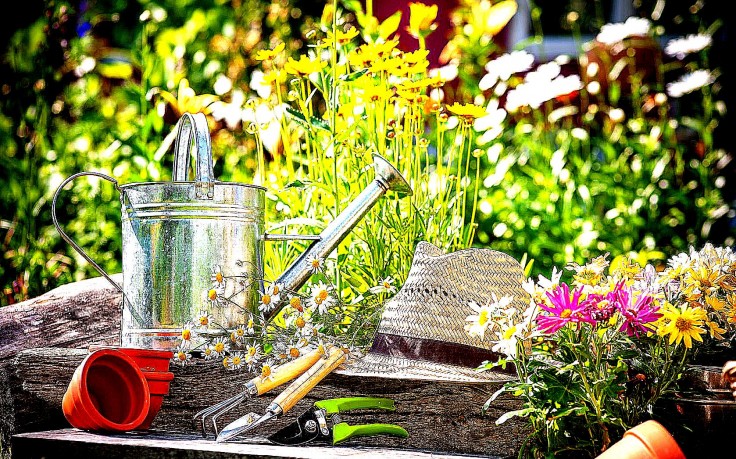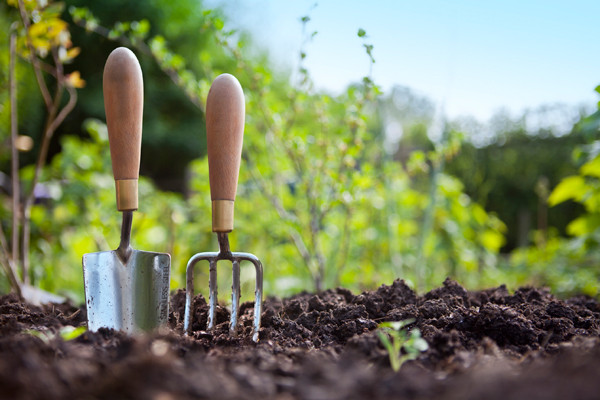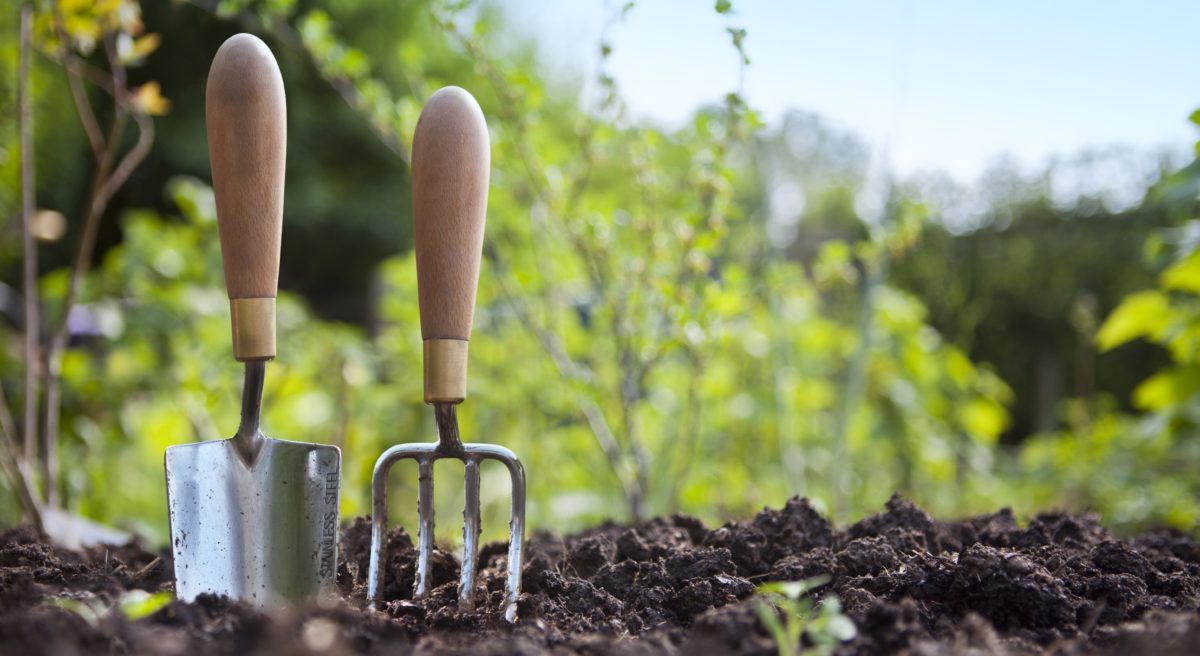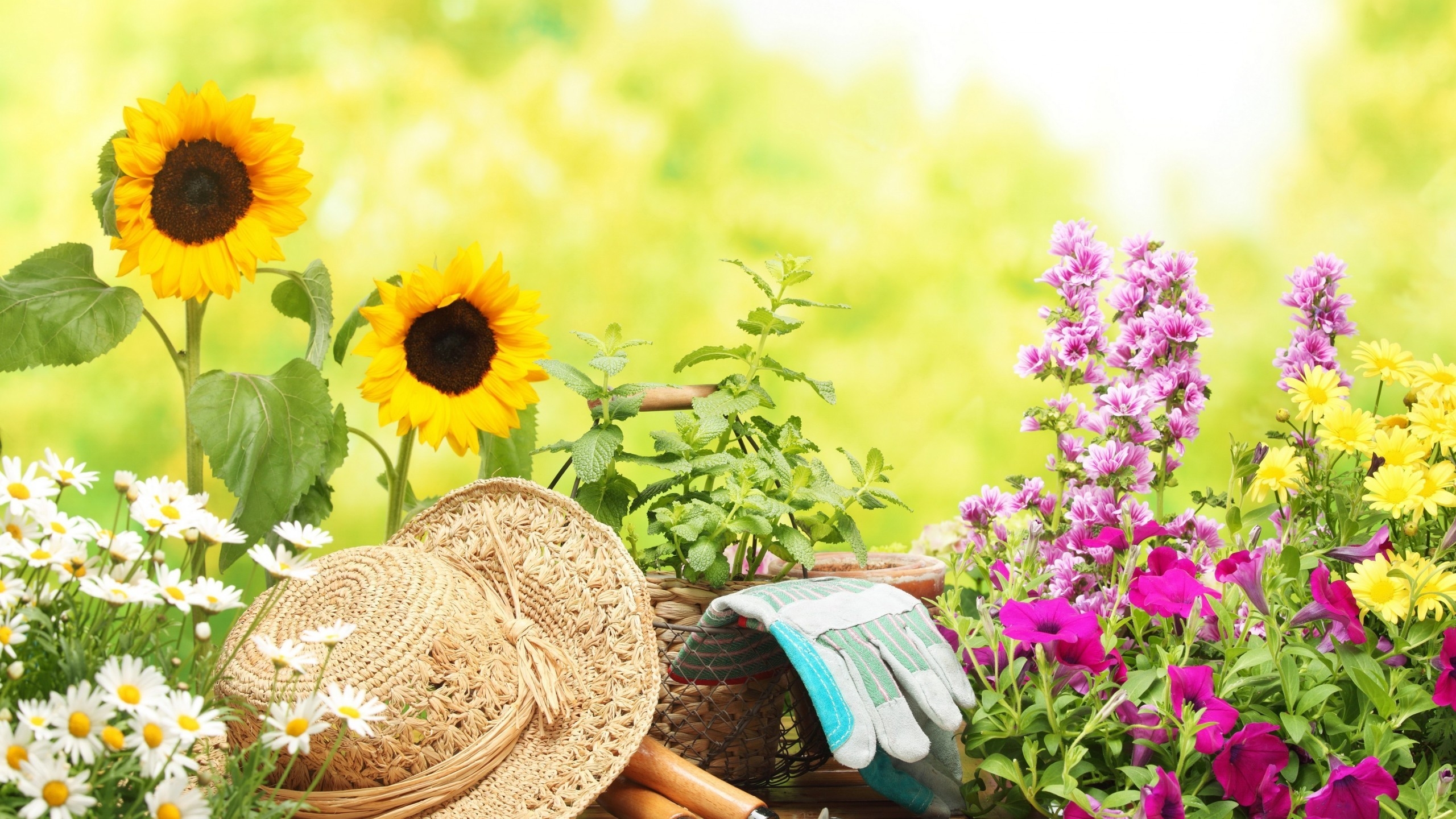Congratulations! You have a wonderful home herb garden filled with beautiful, thriving plants, and you have been picking leaves here and there for your culinary delight. Problem is, you have grown so many wonderful herbs out there that not using more seems such a waste. Is there a way to give out herbs to family and friends in nice packages, or even store them for winter use?
Yes, of course. Preserving herbs has been a common practice since ancient times, and the process is an art and science in and of itself.
The following is a step-by-step guide to show you exactly what you’ll need to do…
Harvesting
First of all, you will need to determine when and how much herbs to be harvested. As a general rule, do not pick more than one third of the foliage from each plant to ensure continual healthy growth of the herb itself. And there is one good tip for you: during the harvesting process, you are strongly encouraged to inspect the herbs for any signs of pests and damaged leaves; and if found, remove them promptly. Also, this is common sense, but don’t preserve infected leaves even if it is the largest, nicest looking leaf you have ever grown. Keeping and mixing it with the rest will ruin the entire harvest! To avoid contamination it’s suggested that you look at bamboo fencing as an enclosure, this will give a more organic harvesting procedure.

In terms of timing, the grandmothers might have suggested to pick the leaves on the night of a full moon… Well, modern-day studies have shown that harvesting the leaves early in the morning – right after the dew has dried up by the morning sun — is the perfect time because the essential oil found in the leaves is the most concentrated at this hour. During the day, the heat from the sun as well as occasional wind will disperse much of this oil, the source of the wonderful flavor and herbal power. If you need to convince yourself, try picking a leaf at different time of the day and smell it. You will find that the flavour is the strongest in the morning!
Now, which season is the best for harvesting your home herb garden? For most herbs this will be the time when the flower is about to blossom, because the leaves are fully packed with essential oil at this stage of the plant’s life cycle.
Cleaning
Rinse the harvested fresh leaves in cool water. An efficient way to remove bugs and pests is to add a bit of salt (roughly 2 tbsp) to a basin of water, and throw in the herbs to soak. A gentle reminder on the soaking: it’s better to soak only briefly to minimize the loss of essential oil and minerals in the leaves. After washing, dry the leaves with a salad spinner, or simply by patting with a piece clean cloth.
Drying
Harvest a few stems, about 6-12 branches, with leaves at the bottom of the stems removed. This bundle is then tied up with a string and hanged up-side-down in a cool, airy location. Although you may be tempted to dry it out under the sun, it is much preferred to dry it away from direct sunlight. Alternatively, the herbs can be dried as individual leaves. Clean the leaves and put them on a screen or rack to dry. Please remember to turn them often for proper and complete drying. If the weather is humid, you might want to speed up the process by using appliances such as a dehydrator, an oven or a microwave (but there are drawbacks – can take my free email course to find out). The faster the drying process, the more the essential oil can be sealed in the leaves.

Freezing
This is another great idea for using herbs from your home herb garden. Place the leaves in baking sheet lined with wax paper. If the leaves are too large, you can cut them into roughly 1/4 inches long, but cutting should be minimized to avoid, again, the dispersement of essential oil. Then, put them to bed in a zip-lock in the freezer. It’s that easy!
Preservation in Medium
Preserving herbs can also be done using salt, vinegar and oil as well! The making of flavoured salt is simple and fun, and a fantastic parent-child activity! You can start by adding a layer of herbal leaves and pour in salt. Then, alternate the layering until the container is filled. After a while, you can remove the dried, brown leaves and keep the flavoured salt in an air-tight container. They add amazing flavour to congee, noodles and other staple food. For preserving herbs in vinegar, simply chop the herbs and put into vinegar (the chopping should only be done immediately before the preservation). The picked herbs can stay good for several months.
I hope you have enjoyed reading through the various method of preserving herbs, as well as how to harvest the plants in their best condition from your home herb garden…


